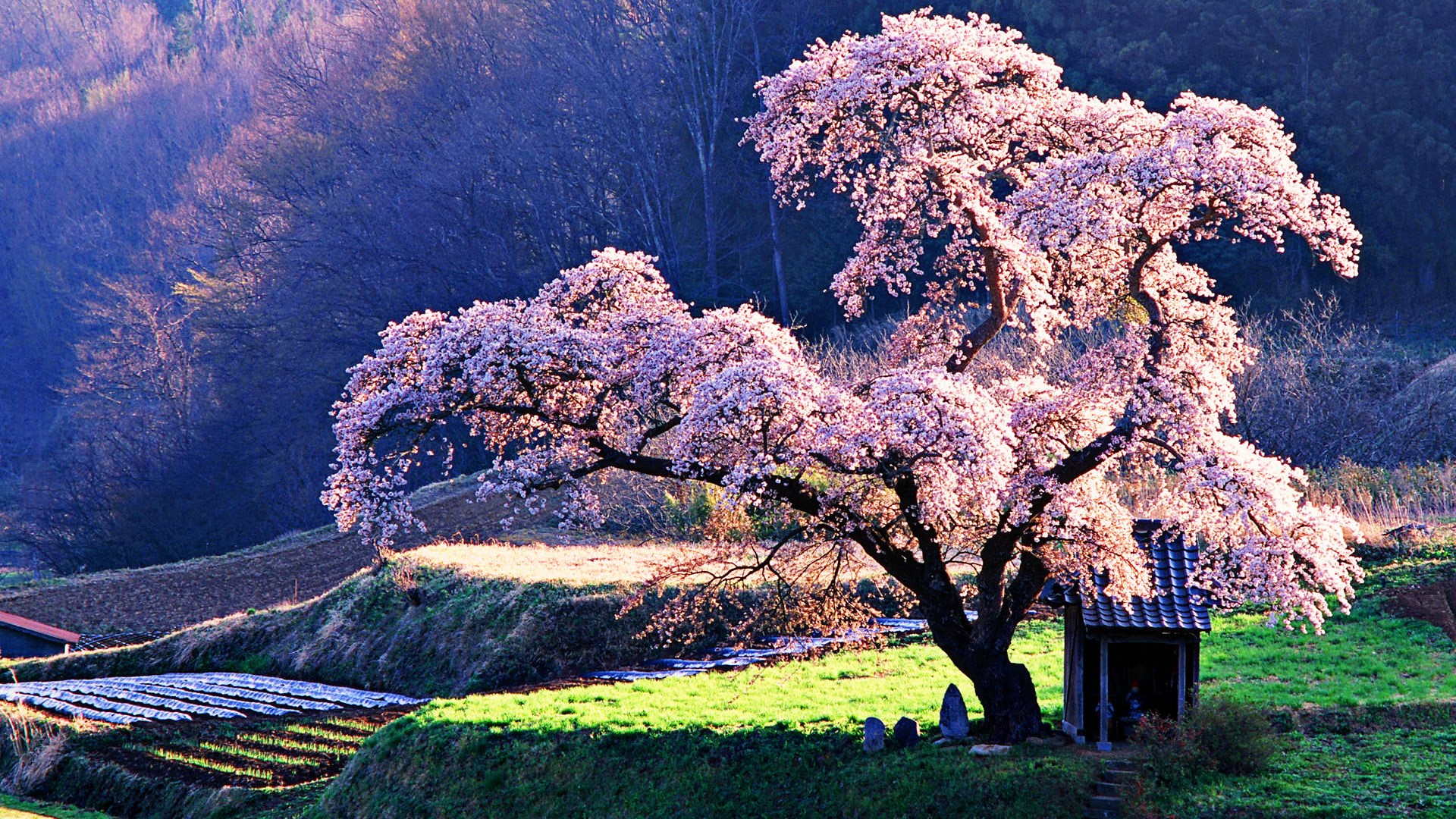
How to Plant your own Tree
This course is intended for demonstration purposes only, showcasing the potential benefits of our service.
| Responsible | IT Pros |
|---|---|
| Last Update | 07/31/2023 |
| Completion Time | 1 hour 21 minutes |
| Members | 0 |
-
Select the seed1Lessons · 35 min
-
Steps to plant your own Tree
-
-
The soil2Lessons · 29 min
-
The soil introduction
-
The soil quiz10 xp
-
-
Finish2Lessons · 17 min
-
Last lesson
-
Master planter of Own Tree
-
Planting your own tree is a wonderful and rewarding experience. Not only does it contribute to the environment, but it also allows you to leave a positive impact for future generations. Here's a step-by-step guide on how to plant your own tree:
Choose the Right Tree: Research and select a tree species that is suitable for your location's climate, soil type, and available space. Consider factors such as the tree's size, growth rate, and purpose (shade, fruit-bearing, ornamental, etc.). Local nurseries or gardening centers can provide guidance on the best tree options for your area.
Select a Planting Location: Choose a suitable spot for planting the tree. Make sure it has enough space for the tree to grow to its full size without interfering with buildings, utilities, or other trees. Be mindful of underground utilities, overhead power lines, and structures.
Prepare the Soil: Before planting, prepare the soil in the chosen location. Loosen the soil in a wide area around the planting spot to allow for good root penetration and growth. Remove any weeds or grass around the area, as they can compete with the young tree for nutrients and water.
Dig the Hole: Dig a hole that is slightly wider and shallower than the tree's root ball. The hole should be deep enough to accommodate the roots without bending or crowding them. The depth should be such that the top of the root ball sits slightly above the surrounding soil level.
Remove the Tree from its Container: If the tree is in a container, carefully remove it by turning it upside down and tapping the bottom. Gently slide the root ball out, being cautious not to disturb the root system too much.
Inspect the Roots: Check the tree's roots for any circling or tangled roots. If there are any, carefully untangle them or make a few vertical cuts on the sides of the root ball to encourage outward growth.
Plant the Tree: Place the tree in the center of the hole and backfill it with the soil you removed. Hold the tree upright while adding soil to ensure it remains straight. Tamp down the soil gently as you go to eliminate air pockets. Water the tree lightly during the backfilling process to settle the soil.
Create a Watering Basin: Build a shallow basin around the tree by forming a circular ridge of soil at the tree's drip line (the outermost edge of the tree's canopy). This will help retain water during watering sessions and direct it to the tree's root zone.
Water and Mulch: Water the newly planted tree thoroughly after planting, and then water it regularly to keep the soil consistently moist during its early stages of growth. Apply a layer of organic mulch (wood chips, bark, leaves) around the tree but not directly against the trunk. Mulch helps retain moisture, suppresses weeds, and regulates soil temperature.
Prune and Care for the Tree: As the tree grows, it may need periodic pruning to remove dead or damaged branches and shape its growth. Follow proper pruning practices to avoid causing harm to the tree. Regularly monitor the tree's health and address any issues promptly.
